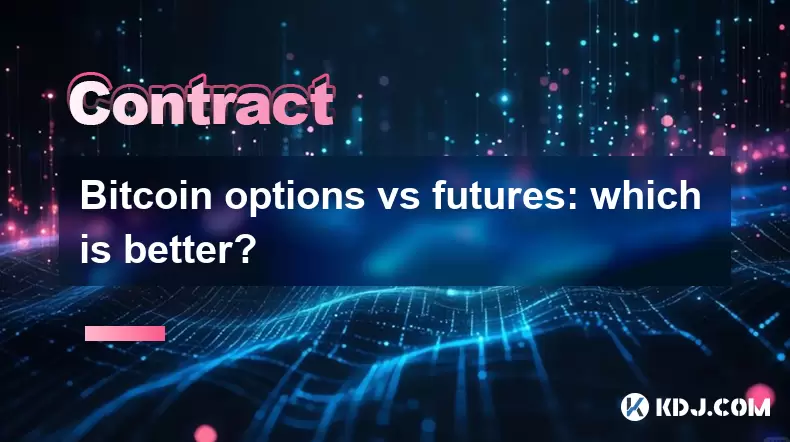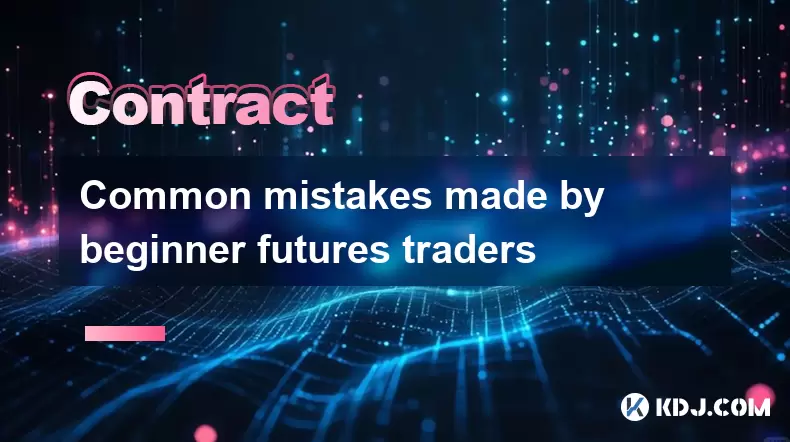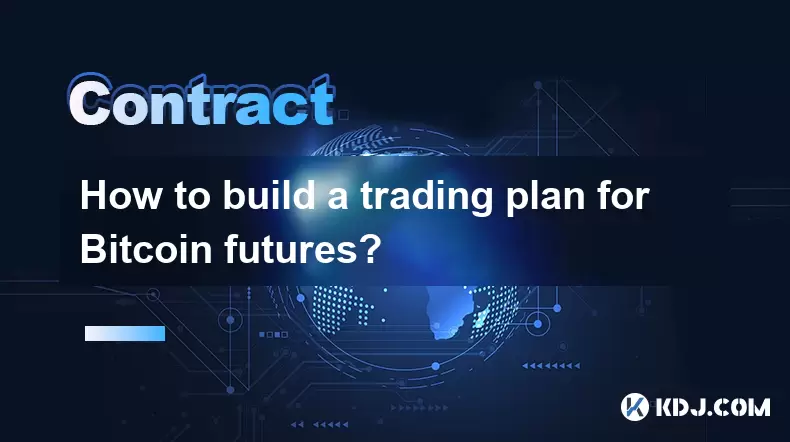-
 Bitcoin
Bitcoin $120400
1.77% -
 Ethereum
Ethereum $3615
7.90% -
 XRP
XRP $3.580
17.84% -
 Tether USDt
Tether USDt $1.001
0.06% -
 BNB
BNB $729.4
1.25% -
 Solana
Solana $179.9
5.04% -
 USDC
USDC $0.0000
0.01% -
 Dogecoin
Dogecoin $0.2311
8.22% -
 TRON
TRON $0.3226
4.04% -
 Cardano
Cardano $0.8490
12.85% -
 Hyperliquid
Hyperliquid $46.45
0.72% -
 Stellar
Stellar $0.4913
8.54% -
 Sui
Sui $4.027
2.00% -
 Chainlink
Chainlink $18.51
11.67% -
 Hedera
Hedera $0.2818
21.51% -
 Avalanche
Avalanche $24.03
7.40% -
 Bitcoin Cash
Bitcoin Cash $508.5
2.90% -
 Shiba Inu
Shiba Inu $0.00001496
3.24% -
 UNUS SED LEO
UNUS SED LEO $8.961
1.83% -
 Toncoin
Toncoin $3.264
3.13% -
 Litecoin
Litecoin $104.6
8.15% -
 Polkadot
Polkadot $4.389
6.11% -
 Uniswap
Uniswap $9.924
10.63% -
 Monero
Monero $337.9
0.49% -
 Pepe
Pepe $0.00001376
2.79% -
 Bitget Token
Bitget Token $4.830
2.46% -
 Ethena USDe
Ethena USDe $1.001
0.05% -
 Dai
Dai $1.000
0.02% -
 Aave
Aave $325.2
1.66% -
 Bittensor
Bittensor $423.7
-0.85%
Bitcoin options vs futures: which is better?
Bitcoin options and futures offer distinct risk-reward profiles, liquidity, and strategic flexibility for traders.
Jul 16, 2025 at 05:08 pm

Understanding Bitcoin Options and Futures
In the world of cryptocurrency trading, Bitcoin options and futures are two popular derivative instruments that allow traders to speculate on the price movement of Bitcoin without owning the underlying asset. Futures contracts obligate the buyer to purchase an asset (or the seller to sell it) at a predetermined future date and price. On the other hand, options contracts give the holder the right—but not the obligation—to buy or sell Bitcoin at a set price within a specified time frame.
Each instrument comes with its own set of advantages and risks, making them suitable for different types of traders. Understanding their mechanics is crucial before deciding which one aligns better with your trading strategy.
Risk and Reward Profiles
When comparing Bitcoin options vs futures, one of the most important considerations is the risk-reward dynamic. With futures, the potential for both profit and loss is unlimited. If the market moves against you, losses can accumulate quickly, especially when leveraged positions are involved. Traders must maintain sufficient margin to avoid liquidation.
Conversely, options offer more defined risk parameters. The maximum loss for a buyer of a call or put option is limited to the premium paid upfront. This makes options attractive to traders who want to cap their downside while still benefiting from favorable price movements. However, options sellers (writers) face potentially unlimited risk, particularly in uncovered positions.
Liquidity and Market Depth
Liquidity plays a critical role in determining how easily a trader can enter or exit a position. Both Bitcoin options and futures are traded on major platforms such as Deribit, Binance, and Bybit, but they differ in terms of volume and accessibility.
- Futures markets generally exhibit higher liquidity due to their popularity among institutional and retail traders.
- Options markets, although growing rapidly, may have less depth, especially for out-of-the-money strikes or longer-dated contracts.
Higher liquidity means tighter bid-ask spreads and smoother execution, which is particularly important for large trades. Traders should assess the order book depth and open interest before committing capital to either product.
Time Sensitivity and Expiration Mechanics
One key difference between options and futures lies in how time affects their value. Futures contracts have a fixed expiration date, after which the contract settles based on the spot price. Prior to expiration, traders can roll over their positions to a later contract month.
Options, however, decay in value over time—a phenomenon known as theta decay. As the expiration date approaches, the extrinsic value of the option diminishes. This decay accelerates in the final days before expiry. For this reason, options traders need to be mindful of time decay, especially if holding positions until close to expiration.
Additionally, American-style options allow exercise at any time before expiration, while European-style options can only be exercised at expiry. Most crypto options are European-style, meaning holders cannot exercise early unless specified.
Strategic Flexibility and Hedging Potential
Both Bitcoin options and futures can be used strategically, but they offer different levels of flexibility.
Futures are straightforward instruments ideal for directional trading—going long or short based on price expectations. They are also commonly used by miners and institutions to hedge against adverse price movements.
Options, on the other hand, enable complex strategies like:
- Covered calls
- Protective puts
- Straddles and strangles
- Iron condors
These strategies allow traders to profit from volatility changes, time decay, or specific price ranges. For example, a straddle involves buying a call and put option at the same strike price and expiration date, allowing the trader to benefit from significant price swings regardless of direction.
Cost Structure and Funding Mechanisms
The cost structures of Bitcoin options and futures vary significantly.
Futures typically don’t require an upfront premium, but traders must post collateral (margin) and pay funding fees in perpetual contracts. These fees are usually exchanged between long and short traders every 8 hours and depend on the prevailing interest rate environment and funding rate.
Options involve paying a premium to the seller, which depends on factors like implied volatility, time to expiration, and moneyness. While this upfront cost can be substantial, it defines the maximum possible loss for the buyer.
Traders should consider these costs when evaluating which instrument aligns better with their capital efficiency goals.
Frequently Asked Questions
Q: Can I trade Bitcoin options and futures with leverage?
Yes, both products are available with leverage on major exchanges. However, futures typically offer higher leverage ratios, sometimes up to 100x, depending on the platform and risk controls. Options buyers do not use leverage directly, but they can gain leveraged exposure through the premium paid versus the underlying asset's value.
Q: Which is more suitable for beginners—Bitcoin options or futures?
For beginners, futures may be easier to understand due to their linear payoff structure. Options involve more variables, including volatility, Greeks (delta, gamma, theta), and expiration dynamics, which can complicate decision-making for novice traders.
Q: Do I need to hold Bitcoin to trade futures or options?
No, neither requires ownership of physical Bitcoin. Both are derivatives, meaning you can speculate on Bitcoin’s price without holding the actual asset. However, some futures contracts settle in BTC rather than fiat, so traders should be aware of settlement mechanisms.
Q: How does volatility affect options and futures differently?
Volatility has a direct impact on options pricing, particularly through implied volatility (IV). Higher IV increases option premiums, especially for at-the-money and out-of-the-money contracts. In contrast, futures prices are primarily influenced by the spot price and funding rates, though volatility can indirectly affect margin requirements and liquidation risks.
Disclaimer:info@kdj.com
The information provided is not trading advice. kdj.com does not assume any responsibility for any investments made based on the information provided in this article. Cryptocurrencies are highly volatile and it is highly recommended that you invest with caution after thorough research!
If you believe that the content used on this website infringes your copyright, please contact us immediately (info@kdj.com) and we will delete it promptly.
- Bitcoin Whale's $9.6B Galaxy Digital Move: Profit-Taking or Strategic Play?
- 2025-07-18 14:30:12
- Alchemy Pay, Crypto-Finance, and Hong Kong: A Budding Hub?
- 2025-07-18 14:30:12
- Dave Portnoy's XRP Regret: A Crypto Dump Disaster?
- 2025-07-18 15:10:12
- XRP Price Surges to 7-Year High: Expert Predictions and Market Analysis
- 2025-07-18 15:10:12
- Crypto Market Cap Nears $4T: Can It Rival the Biggest Companies?
- 2025-07-18 14:50:12
- Binners Alpha, TrutaAI, Andken ERA: A New Era?
- 2025-07-18 14:50:12
Related knowledge

What is a stablecoin-margined contract vs a coin-margined contract?
Jul 15,2025 at 06:36pm
Understanding the Difference Between Stablecoin-Margined Contracts and Coin-Margined ContractsIn the world of cryptocurrency derivatives, margin plays...

How to analyze volume profile for Bitcoin futures?
Jul 17,2025 at 01:21am
Understanding Volume Profile in Bitcoin Futures TradingVolume profile is a crucial analytical tool used by traders to assess the distribution of tradi...

How to backtest a Bitcoin futures trading strategy?
Jul 15,2025 at 11:35am
Understanding Bitcoin Futures TradingBitcoin futures trading involves contracts to buy or sell Bitcoin at a predetermined price and date in the future...

Common mistakes made by beginner futures traders
Jul 17,2025 at 07:49am
Overleveraging Without Understanding the RisksOne of the most frequent mistakes made by beginner futures traders is overleveraging their positions. Fu...

Psychology of trading Bitcoin contracts
Jul 13,2025 at 02:50am
Understanding the Emotional Rollercoaster of Bitcoin Futures TradingBitcoin contract trading, especially in the form of futures, introduces a high lev...

How to build a trading plan for Bitcoin futures?
Jul 17,2025 at 08:42am
Understanding Bitcoin Futures TradingBitcoin futures are derivative contracts that allow traders to speculate on the future price of Bitcoin without o...

What is a stablecoin-margined contract vs a coin-margined contract?
Jul 15,2025 at 06:36pm
Understanding the Difference Between Stablecoin-Margined Contracts and Coin-Margined ContractsIn the world of cryptocurrency derivatives, margin plays...

How to analyze volume profile for Bitcoin futures?
Jul 17,2025 at 01:21am
Understanding Volume Profile in Bitcoin Futures TradingVolume profile is a crucial analytical tool used by traders to assess the distribution of tradi...

How to backtest a Bitcoin futures trading strategy?
Jul 15,2025 at 11:35am
Understanding Bitcoin Futures TradingBitcoin futures trading involves contracts to buy or sell Bitcoin at a predetermined price and date in the future...

Common mistakes made by beginner futures traders
Jul 17,2025 at 07:49am
Overleveraging Without Understanding the RisksOne of the most frequent mistakes made by beginner futures traders is overleveraging their positions. Fu...

Psychology of trading Bitcoin contracts
Jul 13,2025 at 02:50am
Understanding the Emotional Rollercoaster of Bitcoin Futures TradingBitcoin contract trading, especially in the form of futures, introduces a high lev...

How to build a trading plan for Bitcoin futures?
Jul 17,2025 at 08:42am
Understanding Bitcoin Futures TradingBitcoin futures are derivative contracts that allow traders to speculate on the future price of Bitcoin without o...
See all articles

























































































